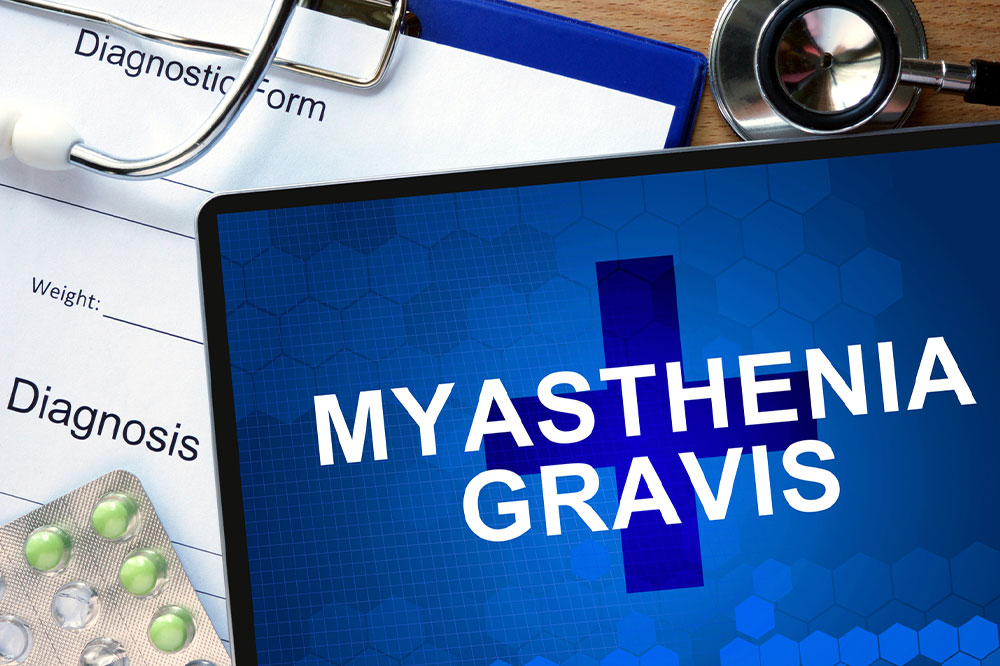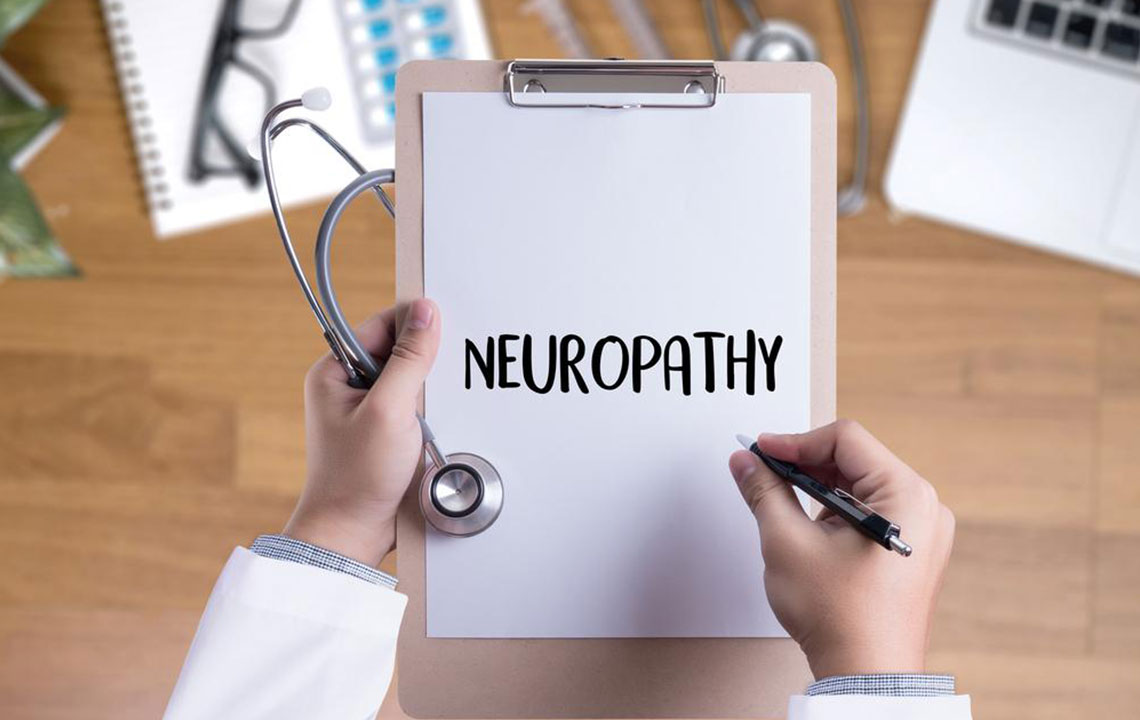Comprehensive Guide to Neuropathy Management and Relief Strategies
Explore comprehensive strategies for managing and treating neuropathy, including symptoms, causes, diagnosis, medication options, and home remedies. Learn how a multidisciplinary approach can help reduce pain and prevent nerve damage. Always seek medical advice for personalized treatment plans.

Understanding and Addressing Neuropathy
Neuropathy affects approximately 8% of individuals over 55, emerging from damage or disruption to peripheral nerves. Characterized by burning or shooting pains, it often persists chronically. Treatment options vary based on symptom severity and which peripheral nerves are impacted.
The nervous system consists of central and peripheral parts. The peripheral system transmits signals between the brain, spinal cord, and the body, regulating muscle movements, involuntary functions, and sensory perception.
Damage or malfunction in nerves manifests as sensations like burning or numbness.
Causes of Neuropathic Symptoms
Neuropathy can arise from genetic factors or acquired conditions such as alcoholism, nerve injuries, diabetes, kidney issues, hormonal imbalances, exposure to toxins, infections like shingles or syphilis, autoimmune disorders like multiple sclerosis, tumors, chronic inflammation, vascular damage, and metabolic disturbances.
Signs and Symptoms
Indicators include nausea, dizziness, tingling, numbness, abdominal discomfort, shooting pains, urinary issues, bowel irregularities, erectile dysfunction, abnormal sweating, vision changes, and blood sugar fluctuations.
Diagnosis involves physical exams, medical history assessment, blood tests, and nerve studies to determine nerve damage causes. Proper diagnosis guides effective treatment approaches.
Treatment options include medications like anticonvulsants, antidepressants, NSAIDs, and topical patches. Managing underlying conditions, especially diabetes, is crucial. In difficult cases, implanted devices or electrical stimulation therapy may be recommended. Since neuropathic pain can worsen and cause disability, a multidisciplinary approach is essential.
Medications such as carbamazepine, venlafaxine, tramadol, oxycodone, duloxetine, and lidoderm patches help relieve pain and associated sensations. Always consult a healthcare provider before starting any medication.
Additional therapies include physical therapy, relaxation techniques, massage, and acupuncture. Home remedies like quitting smoking, maintaining blood sugar levels, reducing toxin exposure, applying warm or cold compresses, avoiding nerve pressure, and nerve-stimulating massage can also provide relief.
Transcutaneous electrical nerve stimulation (TENS) may help alleviate discomfort, though evidence of effectiveness is limited. Using gentle fabrics, protective coverings, and herbal supplements such as fish oil, curcumin, and geranium oil may support symptom management.










